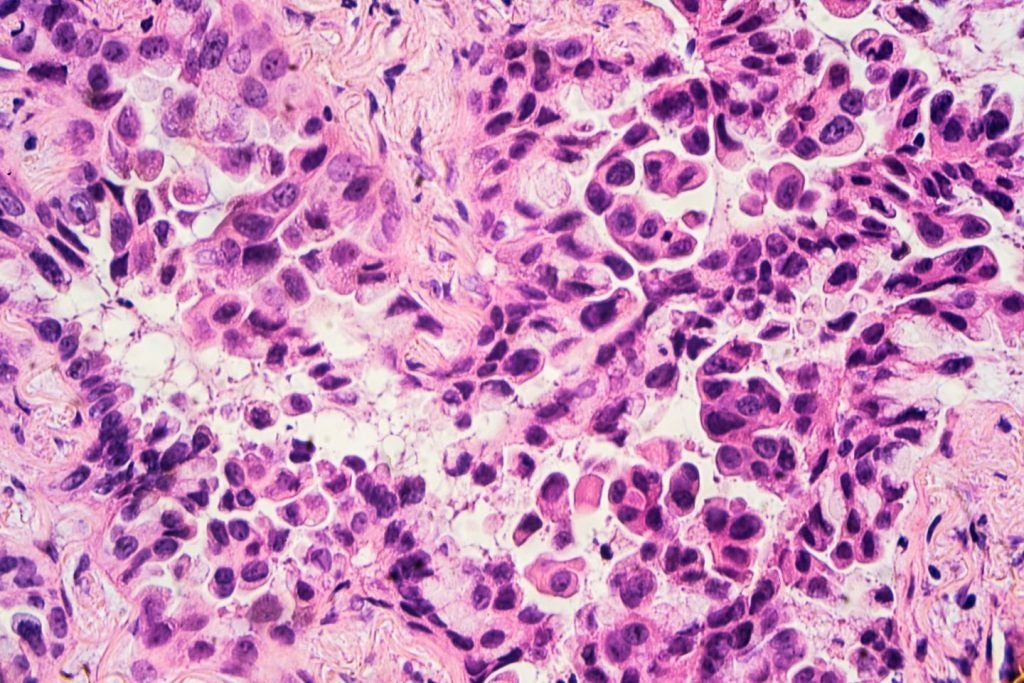
LFT vs. PCR Discrepancy in COVID-19 Testing
A growing number of reports have emerged from the UK of people testing positive for Covid-19 using lateral flow tests (LFTs), only to test negative during their confirmatory polymerase chain reaction (PCR) test.
Since PCR tests are generally regarded as the ‘gold standard’ for Covid-19 diagnosis, while LFTs can provide more crude results – particularly among asymptomatic or pre-symptomatic people – the phenomenon has created widespread confusion and concern. The strange test results appear to be occurring most commonly throughout the South West of England.
Although LFTs are less sensitive than PCR tests, meaning they are more likely to give a false negative result than a PCR, they generally have good specificity and are unlikely to give a false positive result – which is exactly why reports of negative PCR results after positive LFT results have caused concern.
The UK Health Security Agency has said it is aware of “some areas” reporting discrepancies between LFT and PCR results and that it is looking into the issue. Bath and North East Somerset Council director of public health Becky Reynolds has told the BBC that people who receive a negative PCR test but think it is likely they have Covid-19 should still self-isolate.
Sue Beckwith, from Wells in the South West of England, says: “On Sunday morning my daughter tested positive on a home LFT so had a PCR test the same night, which was negative. Last night I wanted to check before sending her back to school so took another LFT, a different type to the first one, and it was positive. She took another two which were also positive.
“She has a headache and a cold and her school is saying that a lot of their students are saying the same thing, so it has decided to say if students are getting multiple positive LFTs then they should isolate regardless of PCR result.”
How well do you really know your competitors?
Access the most comprehensive Company Profiles on the market, powered by GlobalData. Save hours of research. Gain competitive edge.

Thank you!
Your download email will arrive shortly
Not ready to buy yet? Download a free sample
We are confident about the unique quality of our Company Profiles. However, we want you to make the most beneficial decision for your business, so we offer a free sample that you can download by submitting the below form
By GlobalDataWhat is causing the test result discrepancy?
A number of theories have been floated to explain the discrepancy, from a new variant which evades PCR testing to faulty or mishandled tests.
A Covid-19 variant which has an ‘S-gene dropout’, a deletion on the spike protein which the virus uses to attach itself to human cells, can be missed by a PCR test. When the Alpha variant emerged in the UK late last year, its S-gene dropout meant some Covid-positive patients received negative PCR results.
However, the odds of a variant evolving that can consistently escape PCR testing has generally been regarded as unlikely. i reports that scientific sources have said the possibility of a new variant in South West England is not yet a cause for concern, as the Delta strain remains overwhelmingly dominant in the UK and continues to out-compete all other variants in countries it has spread to. i has also said that scientists are looking into the possibility that LFTs are reacting not to Covid-19 but to one of the several common cold coronaviruses that are prevalent at this time of year.
More likely explanations than a new, PCR-proof variant are that somewhere along the supply chain a faulty batch of tests has been distributed, or that tests are being mishandled in the lab.
University of Bath mathematical biologist Kit Yates says: “It’s possible that mishandling of PCR test samples might be causing false negatives after LFT positives. This seems to be the most likely explanation.
“Anecdotally I’ve heard of a number of cases where a walk-in/drive through test came back negative, but a postal test later came back positive. Without access to the official statistics it’s difficult to know exactly how prevalent this phenomenon is.”
The fact that the discrepancies all appear to be concentrated in the same area is consistent with the hypothesis that one lab, group of labs or group of test centres is systematically returning false negative PCRs.
It’s also possible that a faulty batch of LFTs has been distributed throughout the South West of England, giving rise to false positive results.
Yates says: “If it were a new variant we might expect it to have spread to be seeing the same problem in different regions by now. We are seeing reports of these results across the country, but at much lower rates.
“The increase in these events also coincides roughly with the return of schools and big rises in the number of cases in children. These positive-then-negative sequences of tests might be something to do with the way children are being tested.
“Alternatively, vaccination may have changed where exactly in the body virus grows best, meaning different swabbing techniques used for different tests types are capturing more or less of the virus.”





